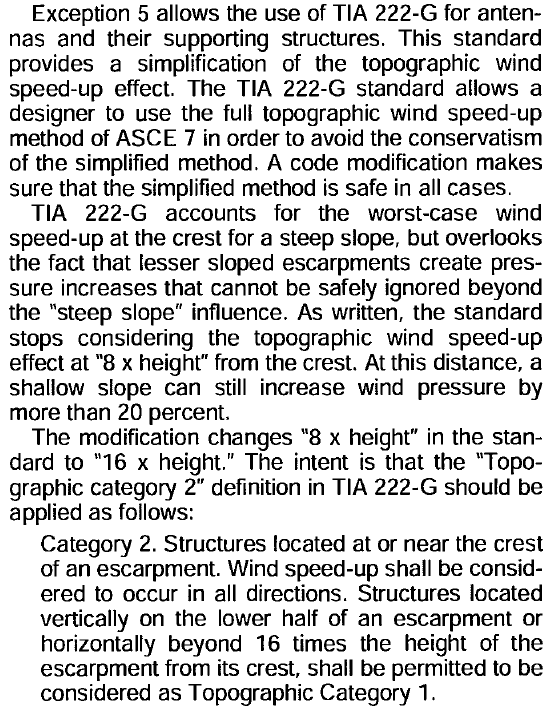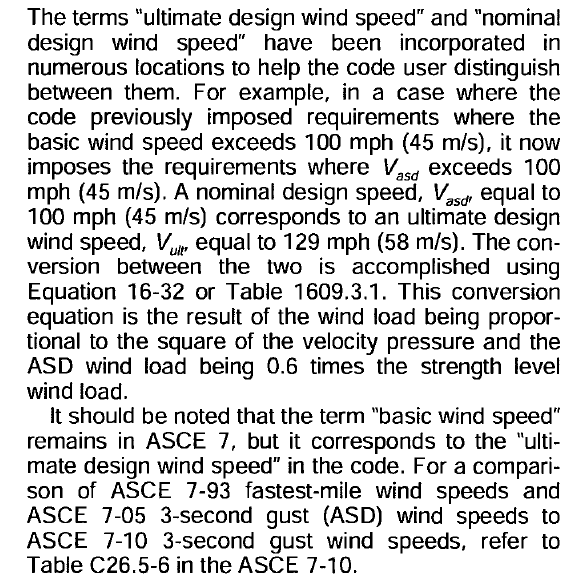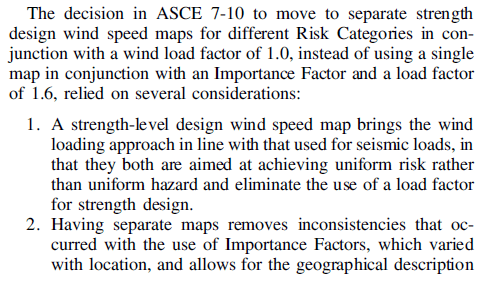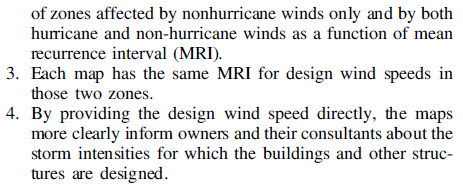From IBC 2012:
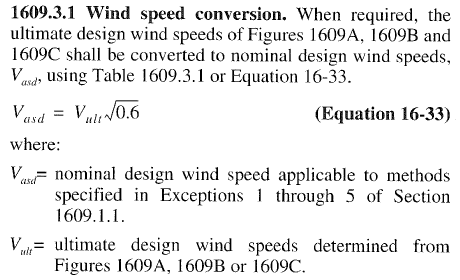


From Guide to the wind Load Provisions of ASCE 7-10:
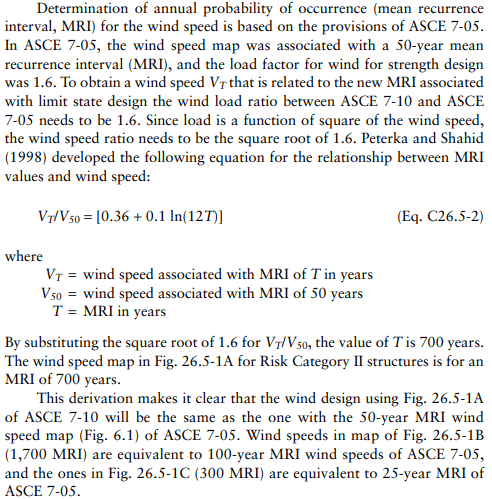
From ASCE 7-10 Commentary:



The difference between sqrt(1.6) and sqrt(0.6) is something that a lot of engineers seem to accept as an acceptable 2% difference, why make a big deal?. Fair enough, the calculated values are very close.
However, insignificant as this difference might seem, the reason behind it should not be a mystery.
On the one hand, IBC makes it clear that the conversion they specify is to be only used when using the provisions of specified standards. Standards that directly refer to ASCE 7-05 basic wind speed. For example, TIA-222 has an exact copy of the ASCE 7-05 basic wind speed map in their code, and they also use a 1.6 factor on the wind. So, based on this one example, I would conclude that IBC is attempting to convert the ultimate wind speeds to allowable wind speeds (ASCE 7-10 to ASCE 7-05). Seems clear enough. This conversion is done by multiplying Vult by sqrt(0.6), according to the IBC.
Now, on the other hand, ASCE 7 is using sqrt(1.6) and they fortunately provide some additional explanations for why sqrt(1.6) is used. The 1.6 comes from the load factor for strength design in ASCE 7-05 and is the wind load ratio between 7-10 and 7-05.
The ASCE 7-10 Wind Guide makes it clear that designs using 7-10 Fig. 26.5-1A wind and designs using 7-05 Fig 6.1 are the same, assuming we are talking about strength design and each uses the corresponding load factors.
By this logic, 1/sqrt(0.6) = 0.36+0.1ln(12T) gives a value of T = 920, a little bit more than the 709 we get with sqrt(1.6).
So, why does IBC 2012 use the sqrt(0.6) and ASCE 7 use sqrt(1.6)?
Per ASCE 7-10:
1.0W(7-10)= 1.6W(7-05)
Since W=V2
1.0V2(7-10) = 1.6V2(7-05)
√(1.0V2(7-10)) = √(1.6V2(7-05))
V(7-10) = √(1.6)V(7-05)
It looks like IBC is trying to do this:
0.6W(7-10) = 1.0W(7-05)
0.6V2(7-10) = 1.0V2(7-05)
√(0.6V2(7-10)) = √(1.0V2(7-05))
√(0.6)V(7-10) = V(7-05)
The logic being here that if you can compare 7-10ult to 7-05ult you should be able to compare 7-10asd to 7-05asd.
This assumption can be seen as a little erroneous based on the Peterka and Shahid equation shown above.
Did the IBC gang miss a memo from the ASCE 7 gang or what?



From Guide to the wind Load Provisions of ASCE 7-10:

From ASCE 7-10 Commentary:



The difference between sqrt(1.6) and sqrt(0.6) is something that a lot of engineers seem to accept as an acceptable 2% difference, why make a big deal?. Fair enough, the calculated values are very close.
However, insignificant as this difference might seem, the reason behind it should not be a mystery.
On the one hand, IBC makes it clear that the conversion they specify is to be only used when using the provisions of specified standards. Standards that directly refer to ASCE 7-05 basic wind speed. For example, TIA-222 has an exact copy of the ASCE 7-05 basic wind speed map in their code, and they also use a 1.6 factor on the wind. So, based on this one example, I would conclude that IBC is attempting to convert the ultimate wind speeds to allowable wind speeds (ASCE 7-10 to ASCE 7-05). Seems clear enough. This conversion is done by multiplying Vult by sqrt(0.6), according to the IBC.
Now, on the other hand, ASCE 7 is using sqrt(1.6) and they fortunately provide some additional explanations for why sqrt(1.6) is used. The 1.6 comes from the load factor for strength design in ASCE 7-05 and is the wind load ratio between 7-10 and 7-05.
The ASCE 7-10 Wind Guide makes it clear that designs using 7-10 Fig. 26.5-1A wind and designs using 7-05 Fig 6.1 are the same, assuming we are talking about strength design and each uses the corresponding load factors.
By this logic, 1/sqrt(0.6) = 0.36+0.1ln(12T) gives a value of T = 920, a little bit more than the 709 we get with sqrt(1.6).
So, why does IBC 2012 use the sqrt(0.6) and ASCE 7 use sqrt(1.6)?
Per ASCE 7-10:
1.0W(7-10)= 1.6W(7-05)
Since W=V2
1.0V2(7-10) = 1.6V2(7-05)
√(1.0V2(7-10)) = √(1.6V2(7-05))
V(7-10) = √(1.6)V(7-05)
It looks like IBC is trying to do this:
0.6W(7-10) = 1.0W(7-05)
0.6V2(7-10) = 1.0V2(7-05)
√(0.6V2(7-10)) = √(1.0V2(7-05))
√(0.6)V(7-10) = V(7-05)
The logic being here that if you can compare 7-10ult to 7-05ult you should be able to compare 7-10asd to 7-05asd.
This assumption can be seen as a little erroneous based on the Peterka and Shahid equation shown above.
Did the IBC gang miss a memo from the ASCE 7 gang or what?

